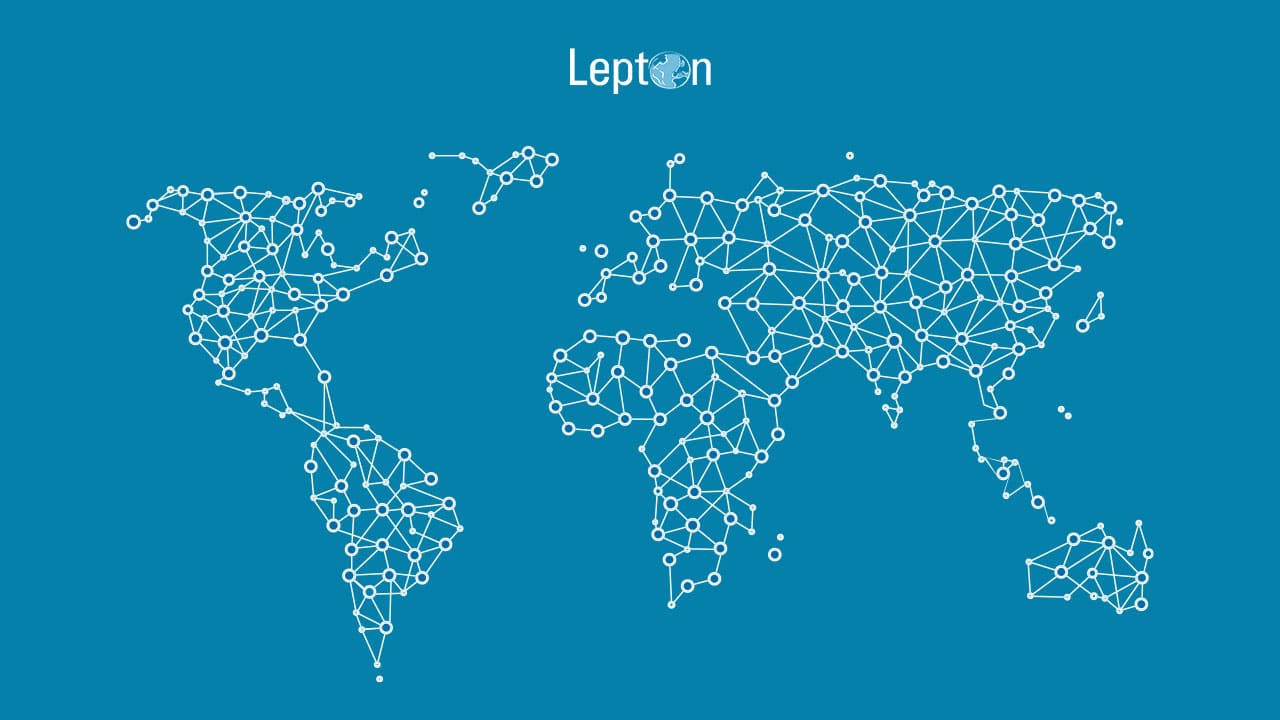Tell us the fastest-growing industry in today’s business landscape. Our pick—telecommunications, without question. The new opportunities and challenges in the telecom industry are making it more competitive and strong than ever. Every business is grappling with data to extract the maximum value from customer information and make decisions that positively impact the overall business.
This is where the need for accurate data analytics in telecom comes into play.
How your business makes the most of its data with analytics impacts the quality of your customer insights, affecting the quality of your business decisions.
Geo-analytics: The real game changer

With digital connectivity snowballing, communication service providers (CSPs) have to deal with massive datasets that allow them to understand their customers, competitors, and industry trends and derive valuable insights. Moreover, these datasets and spatial context can help them understand their customers, competitors, and industry trends to make better-informed decisions.
Also Read: Digital Transformation in the Telecom Industry
CSPs must lean on data analytics in the telecom industry to examine these unstructured datasets and extract maximum intel from the data.
Geo-analytics–analyzing, monitoring, and interpreting large amounts of location data collected from varied sources–helps businesses identify gaps and discover current trends to stay ahead of the competition.
But what does it solve for the telecom industry? Let’s analyze this comprehensively.
1. Data Analytics Can Help Telecom Companies Improve Their Coverage
Regardless of all technological and infrastructural advancements in the telecom industry, there has always been a disparity between rural and urban coverage.
That being said, the telecom industry is constantly striving towards increasing its coverage to rural areas, and data analytics in telecommunications combined with spatial analysis is a critical tool here.
With powerful telecom data analytics tools, telecom leaders can identify areas with below-average or negligible mobile coverage and strategize to expand accordingly. These insights from big data can also help you understand the quality of coverage according to the locations, so the telecom operators know where to improve the signal strength and reduce the number of fallouts.
Hence, telco analytics can even help the industry improve its overall customer experience by working on its coverage and quality of services.
2. With Powerful Analytical Tools, Telecom Operators Can Offer Personalized Services
Customers or humans feel special when their preferences are treated as unique. They use their devices based on their needs–for example, students these days mostly communicate through internet-based channels such as social media, instant messaging, or video conferencing rather than traditional calls and text messaging.
Using data analysis in the telecom industry, telecom operators can figure out which channels are used mainly by the users. They can then package mobile and internet plans accordingly. One of the best examples of putting analytics to best use is Reliance Communications. As soon as this giant identified that a significant chunk of its customer base came from rural areas, Reliance started introducing mobile and internet plans at lower prices under Reliance Jio to capitalize on the rural market.
Key takeaway – Robust telecom business analytics helps you understand user patterns and deliver services that fit user needs ideally.
3. Telco Data Analytics Can Also Help Prevent Customer Churn
Customer churn is the biggest enemy of revenue generation. And, without proper insight into what is causing churn, it is impossible to prevent the same.
Data analytics in telecom helps telecoms get a clear insight into frequent customer complaints and network issues, which is required to improve customer service delivery. Moreover, companies can follow a proactive approach to resolving customer issues if they are aware of them beforehand.
Telco analytics help understand customer preferences and churn risk by accurately interpreting network usage trends and hundreds of other data points, ultimately boosting user loyalty.
4. Data and Geo-Analytics Also Lead to Network Optimization for the Telecom Industry
The rapid increase in network demands prompts telecom service providers to monitor and manage network capacity for efficient planning and network expansion strategies.
Network management can be improved by understanding and resolving issues related to network fallouts, utilization, and more.
Data analytics in the telecom industry can help measure network performance against KPIs, leading to seamless network management and optimization. Furthermore, it ensures that networks are executed securely, reliably, and efficiently.
5. Telco Analytics Also Support Robust Investment Planning Decisions
Setting up or being a part of a telecom company involves network expansion, expensive hardware, and huge fixed investments.
By understanding network usage patterns and capacity, telecoms can make strategic decisions for the future. The company can invest in network resources based on future connectivity needs, forecasted user traffic, and anticipated ROI.
To Sum Up
Data analytics in telecom supports every industry in many ways. The telecom industry has come a long way since its inception in the late 19th century. With billions of connected devices, telecommunications has reinvented the wheel of communication among peers and families.
Faced with a new daily challenge, the industry is transforming at lightning speed, and geo-analytics is at the forefront of this transformation.
Neo360 by Lepton is one such geospatial analytics platform that helps telecom companies unearth trends and patterns from piles of data.
Besides visualizing your data points with precision and context, with Neo360, you can look forward to the following:
- Industry Analytics: Get domain-specific analytics in telecom and network asset management.
- Performance Analytics: Get department-wise analytics to monitor, track, and improve performance across business units.
- Customer Analytics: Continuously monitor customer sentiment. Understand your customers’ interests and behavior concerning your products, brand, and pricing.
If this interests you, get in touch with our experts and elevate your customer experience with telecom business analytics.

